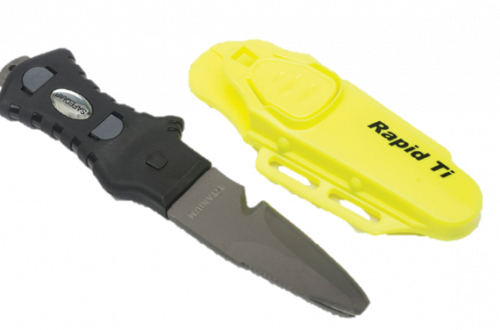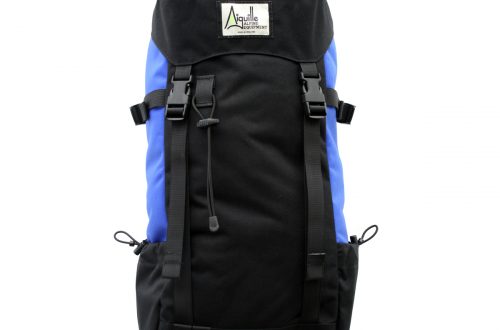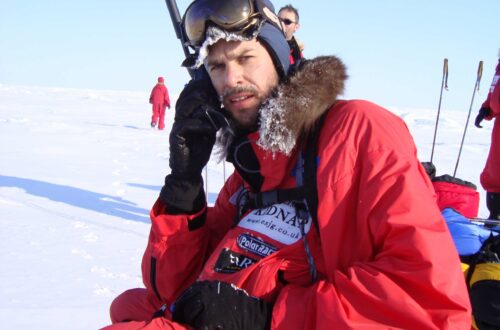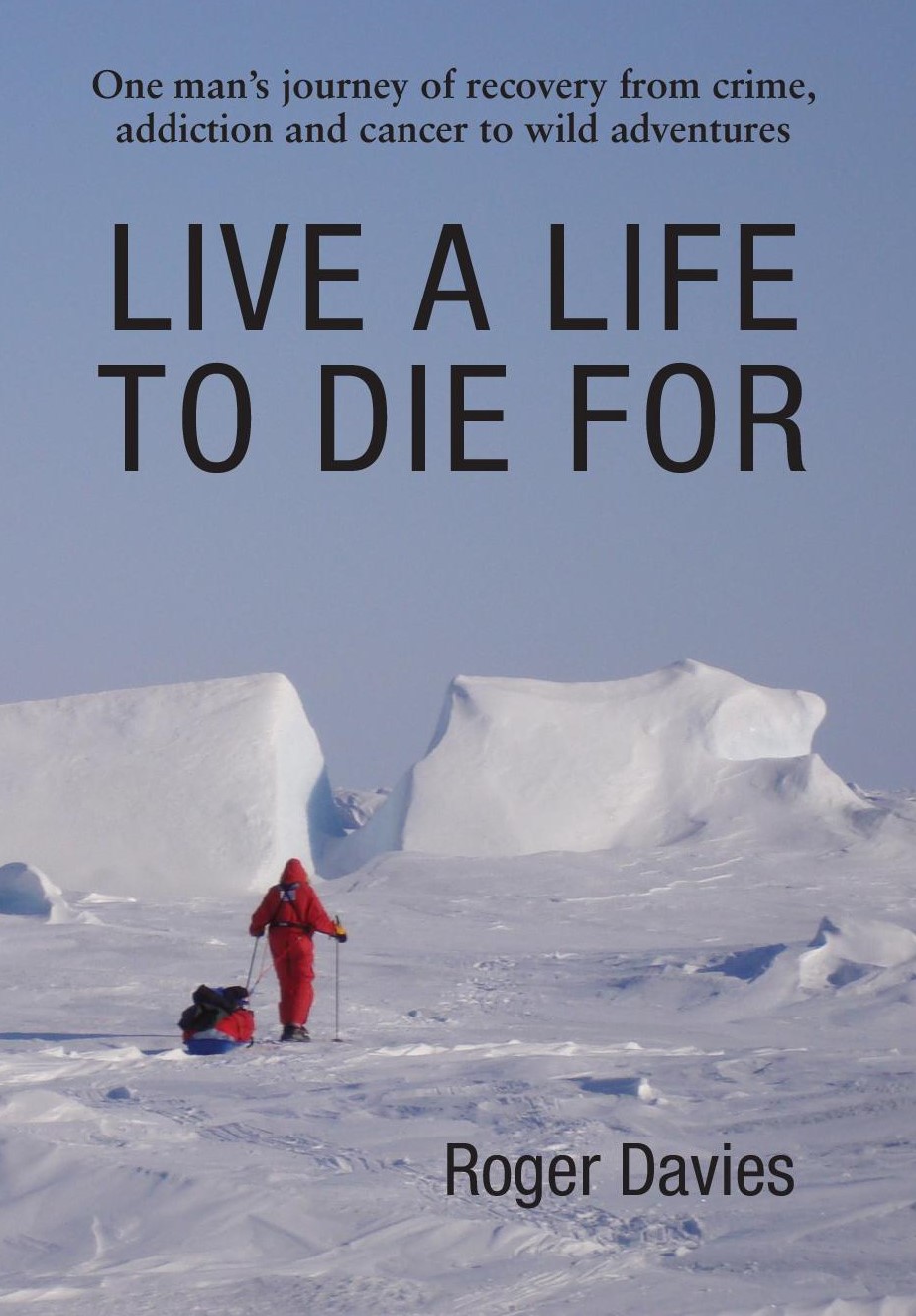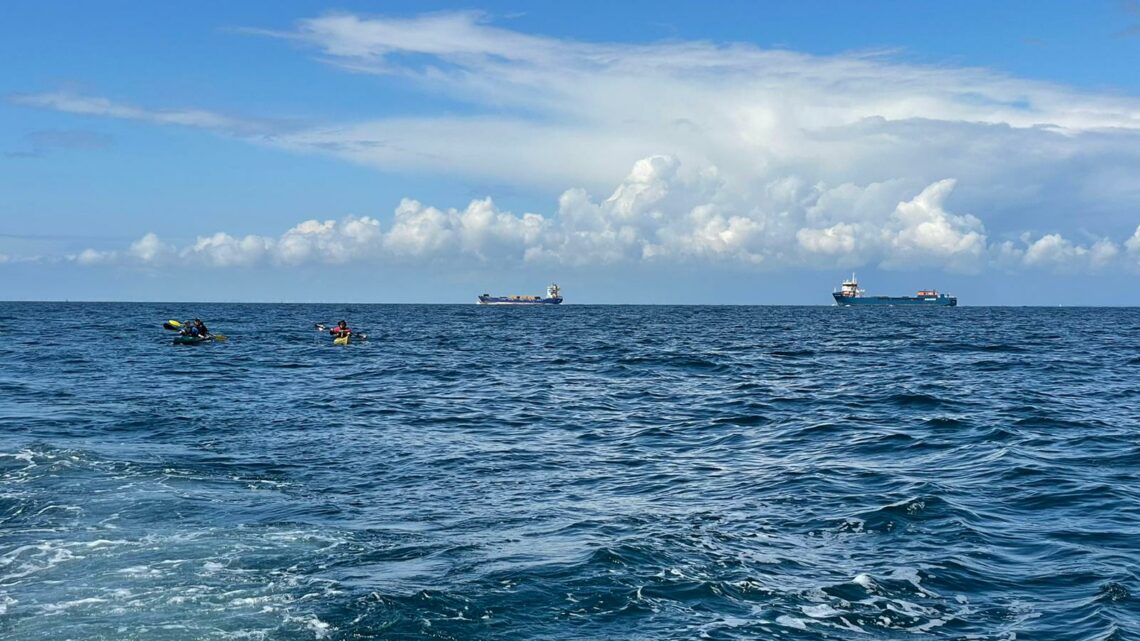
Triumph over the Waves: The Ultimate Guide to Sea Kayaking
Sea Kayaking is a challenging and potentially dangerous endeavour, requiring careful preparation and the right equipment.
Among my experiences of sea/touring kayaking include paddling from Dungeness, UK to Boulogne, France both ways and the Great Glen Canoe Trail.
Here is my basic kit list for such an adventure:
Kayak and Paddles
Sea Kayak: A high-quality sea kayak designed for open water, preferably one with a length of 14-18 feet, 22 to 24 inches wide, designed for stability and speed.
Day Touring Kayak: An average size is of 12 to 14 feet long and 24 to 28 inches wide. Ideal qualities needed are “easy entry and all-day comfort”.
Paddle: A strong and lightweight paddle, with a spare paddle stored securely on the kayak or aboard the safety Boat.
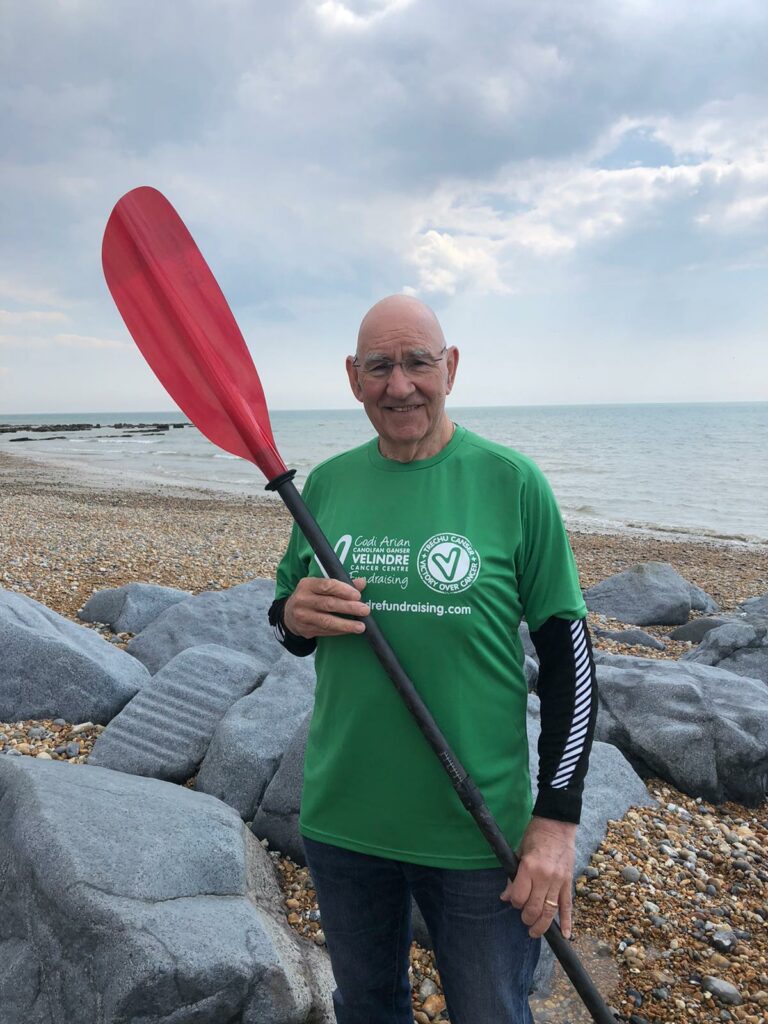
**If 4-5 hours or more kayaking it’s best to use a kayak with padded, ergonomic seating to support prolonged paddling sessions. Adjustable backrests, ample legroom, and cushioned thigh supports can significantly improve comfort over long distances.
Safety Gear
Personal Flotation Device (PFD): A high-quality, comfortable, and Coast Guard-approved life jacket.
Spray Skirt: To keep water out of the kayak.
Helmet: For protection against potential impacts. (optional)
Whistle: An essential tool for signalling – if you can be heard you can be found!
Mobile Phone: In a waterproof case, for additional communication.
Passport: If you are going into foreign waters / territory. Store in a waterproof case and leave on safety boat
Clothing
Wetsuit or Dry Suit: Depending on the water temperature.
Rash Vest: depending on weather conditions
Shorts or Leggings: depending on weather conditions
Neoprene Gloves: For hand protection and warmth.
Waterproof Hat: To protect against sun and rain.
Thermal Layers: For warmth, (optional).
Miscellaneous Clothing
I found the waterproof and windproof changing robe to be an invaluable asset. After kayaking for approximately five hours across the English Channel, the trip back on the safety boat, even on a warm summer evening, can feel quite cold. The changing robe provided essential warmth, dryness and comfort in these conditions.

Other Essentials
Tow Line: In case of the need to tow or be towed. (Optional)
Knife: A multi-purpose knife for emergencies.
Food and Water: High-energy snacks and enough water for the journey.
Sun Protection: Sunscreen, sunglasses, and lip balm.
Additional gear: (necessary if crazy enough not to have a safety boat).
VHF Radio: For communication with other vessels and emergency services..;
Flares: For signaling in case of emergency.
First Aid Kit: Comprehensive and waterproof.
Bilge Pump: For removing water from the kayak.
GPS Device: Waterproof and reliable for navigation.
Compass and Map: As a backup to electronic navigation.
Dry Bags: Keep your Kit Dry & Organised
Additional Considerations
Training and Preparation: Ensure you have undergone adequate training for sea kayaking and are familiar with navigation, self-rescue techniques, and emergency procedures.
Buddy System: It’s safer to kayak with a buddy and keep in sight of each other.
Weather Check: Always check the weather forecast and sea conditions before departure.
Tides and Currents: Research the local tides and currents
Permissions and Notifications: Notify local authorities and coast guards about your plans and obtain any necessary permission.
Support Team: Consider having a support boat or a team on standby for additional safety.
By carefully preparing with the right equipment and safety measures, you’ll be better equipped to handle the challenges of sea kayaking.
#livealifetodiefor #cancerresearchuk #LymphomaCancer #RNLI #MoreThanMyPast #itsrogerx
**I am excited to share the captivating story of my extraordinary journey with you. Also my How-To Becoming a Fearless Adventurer


